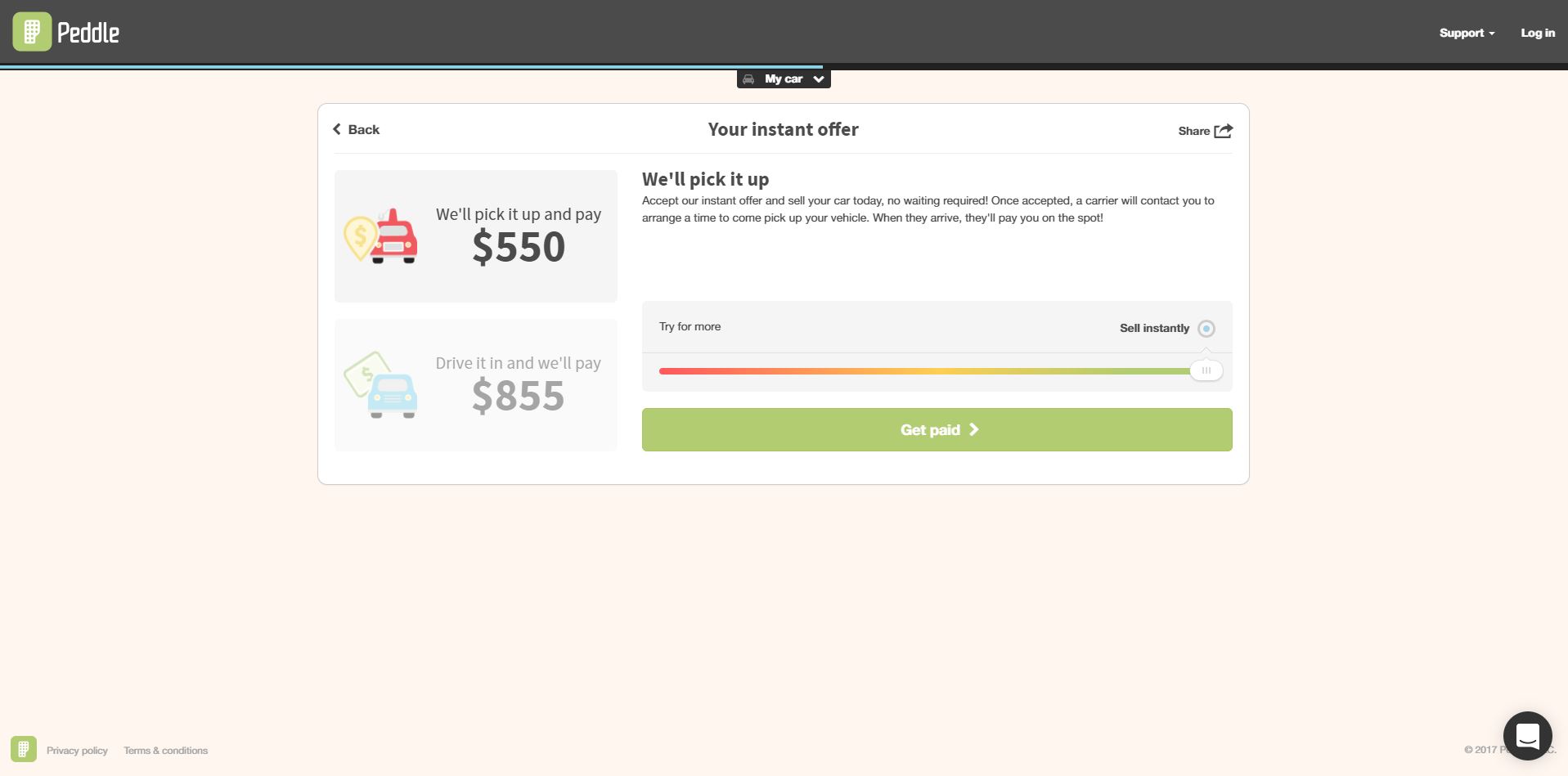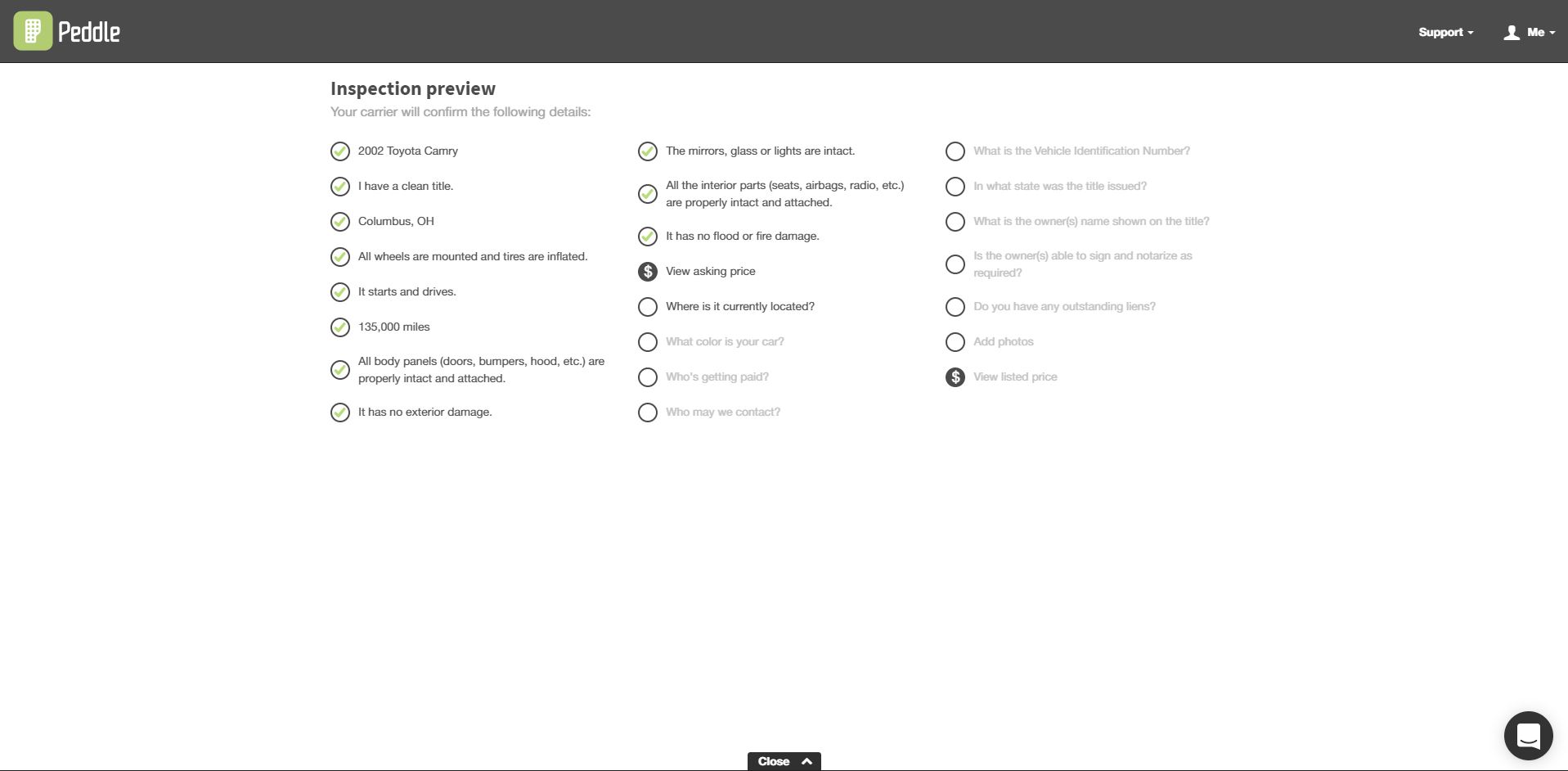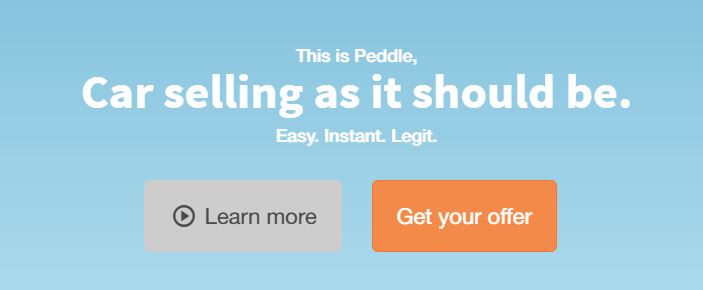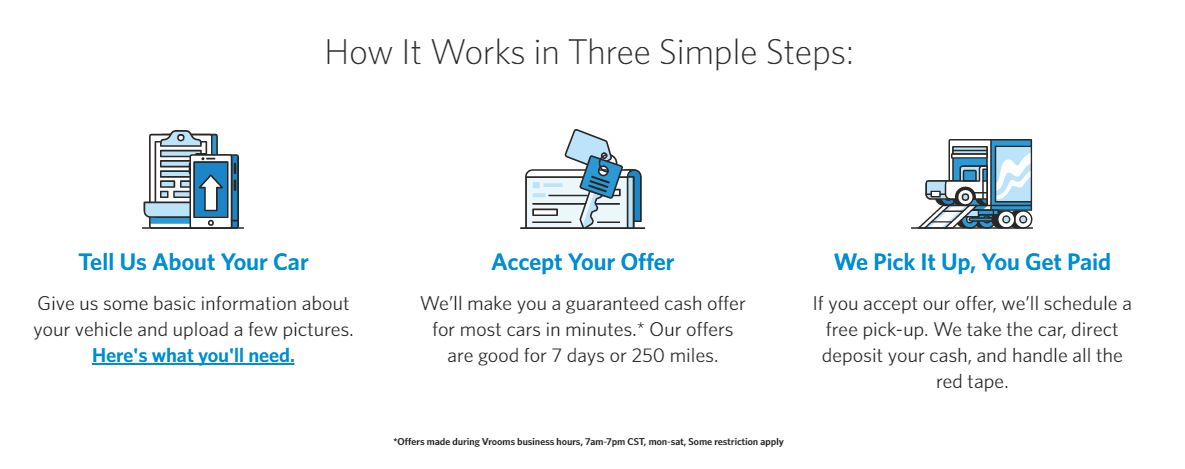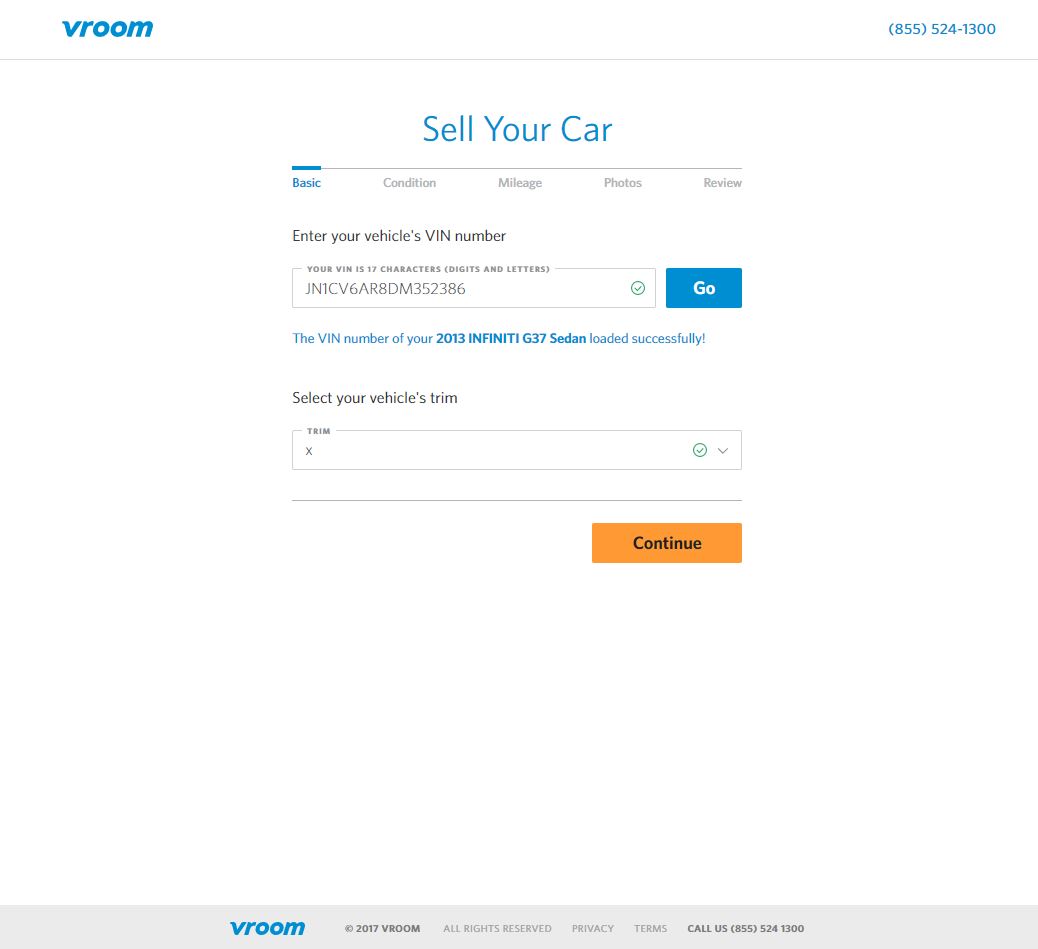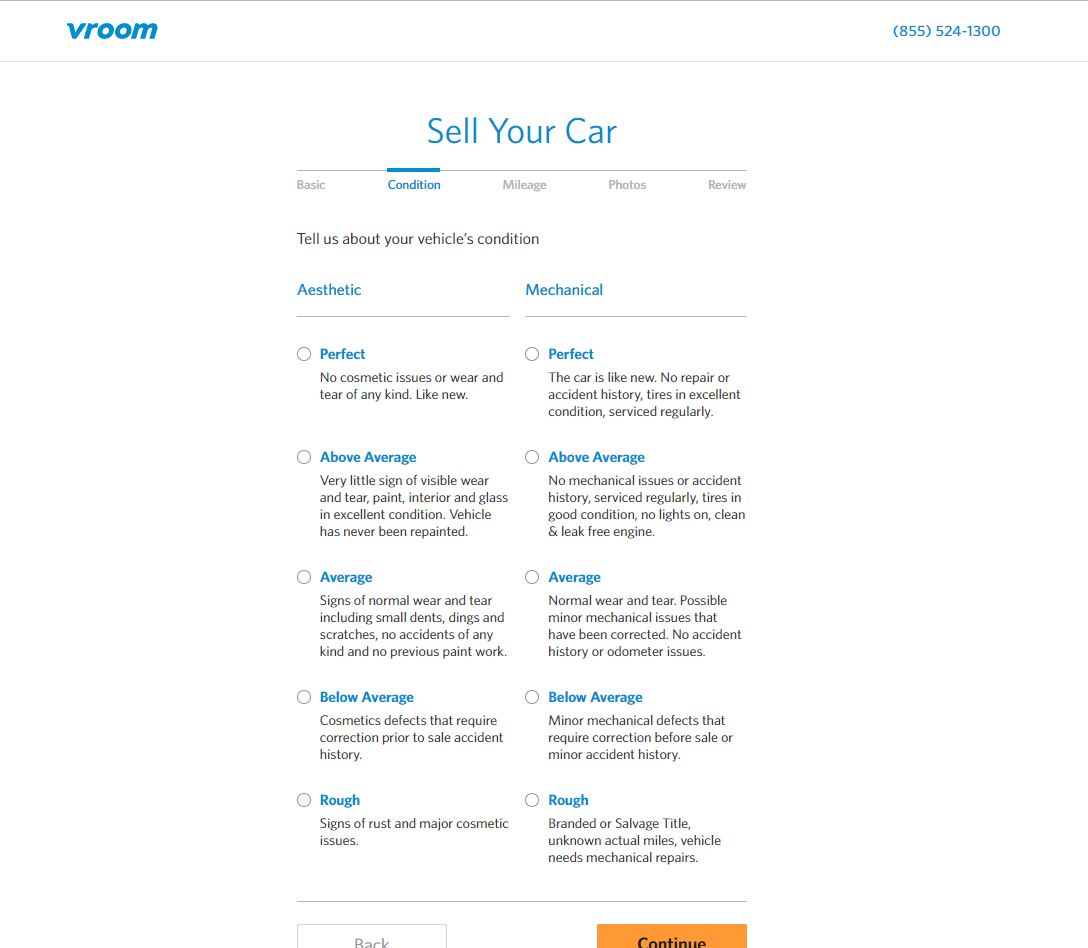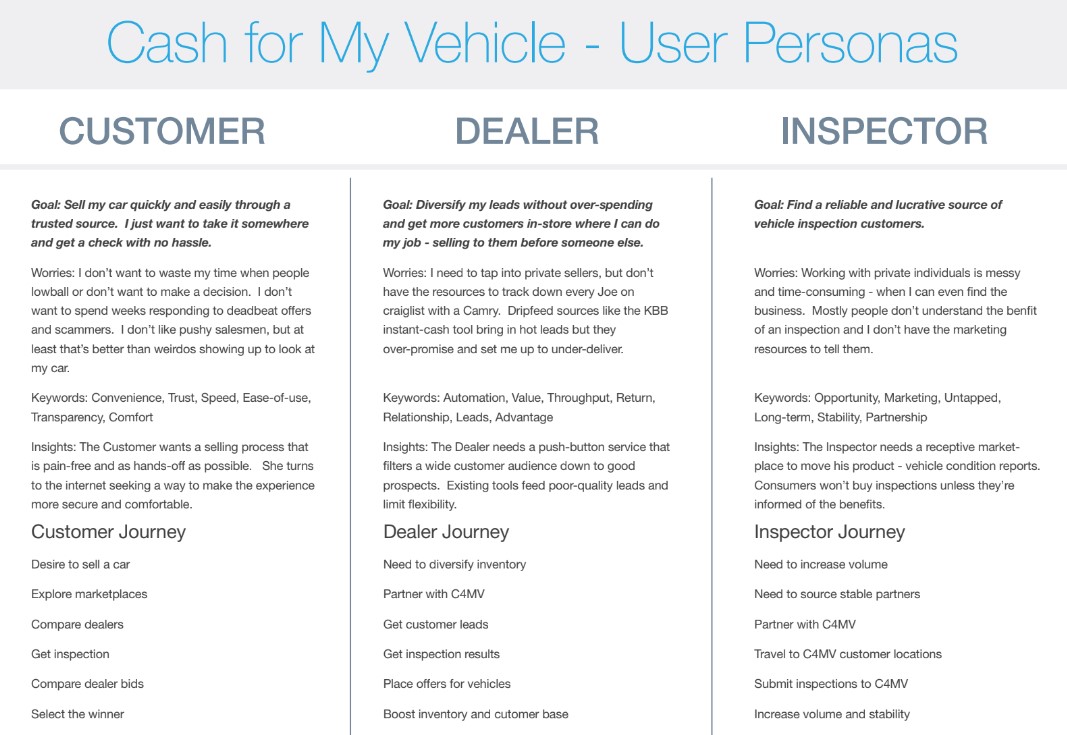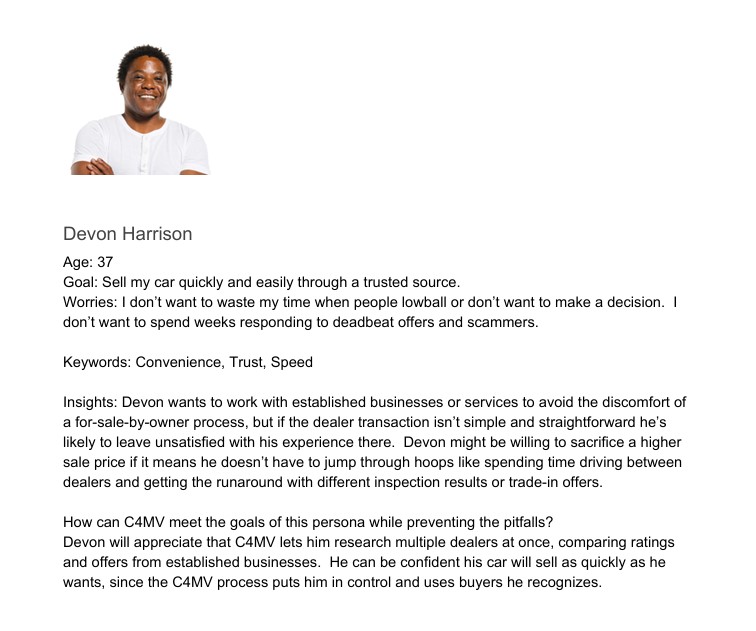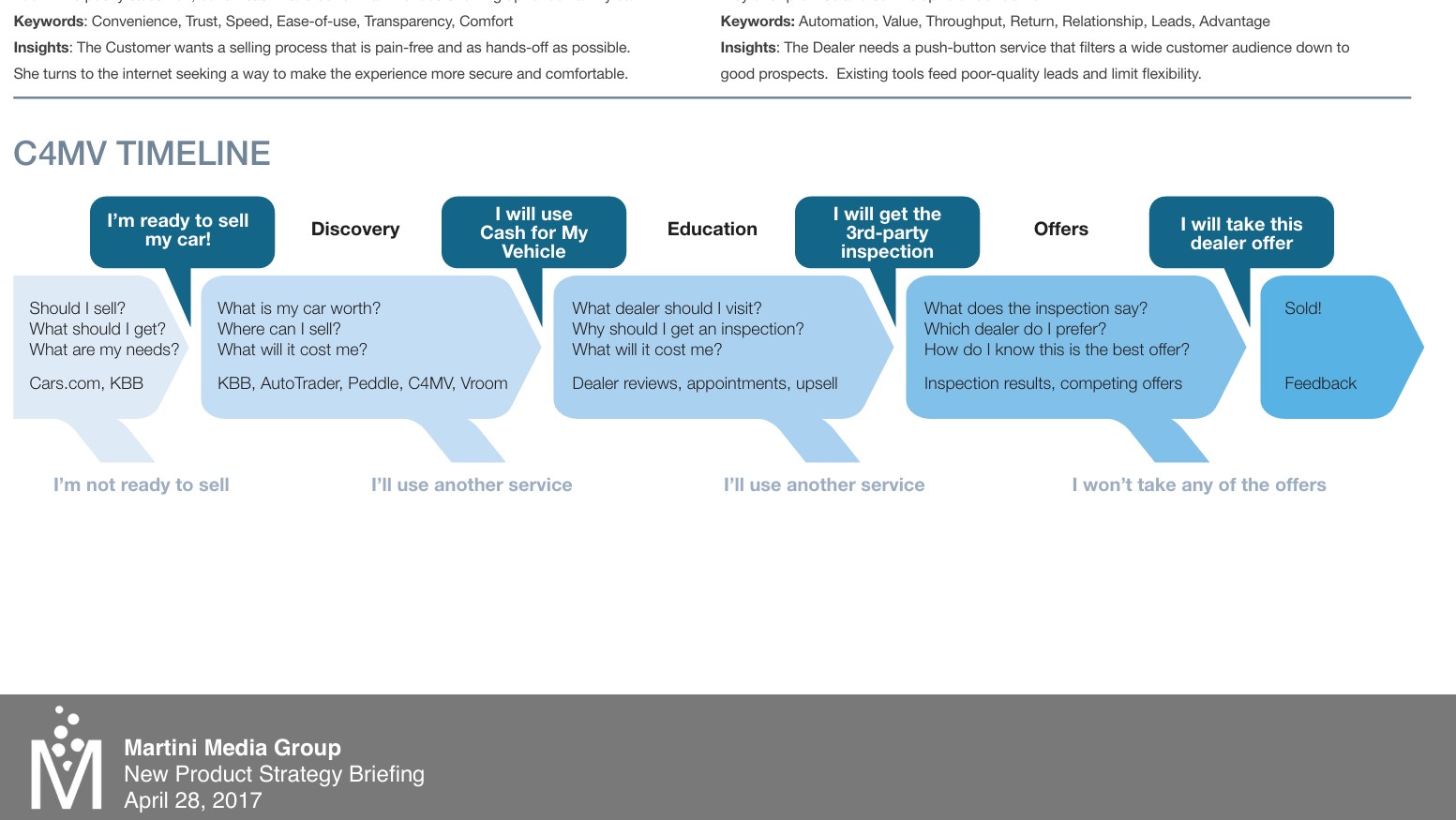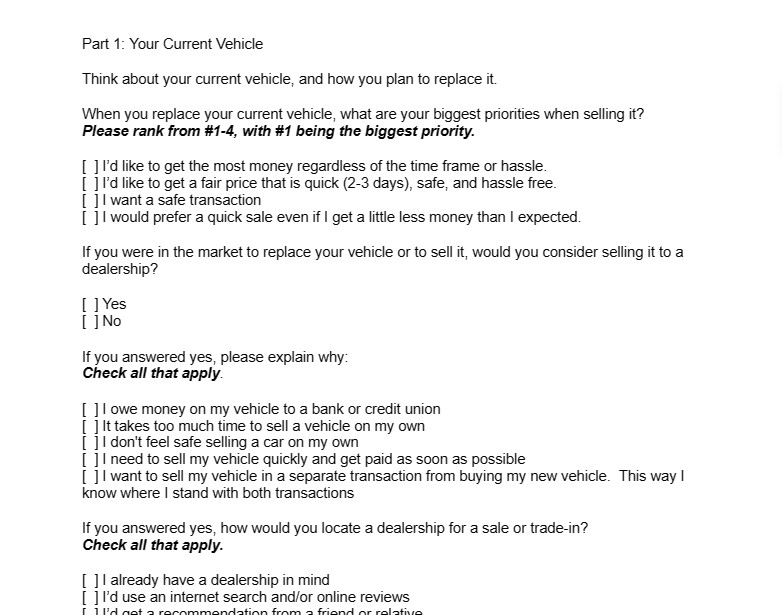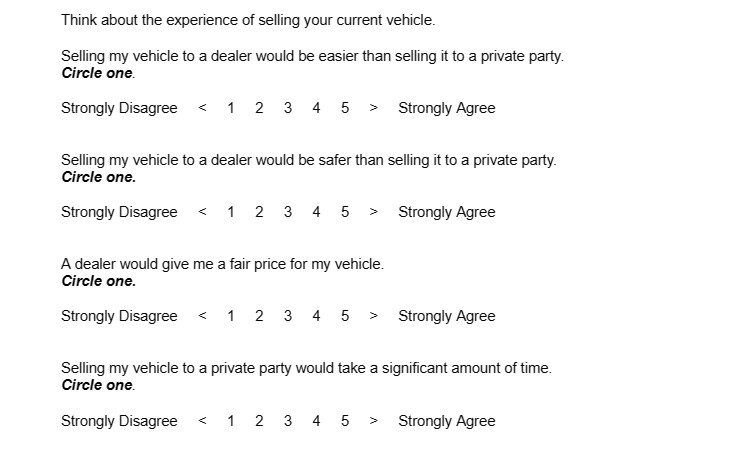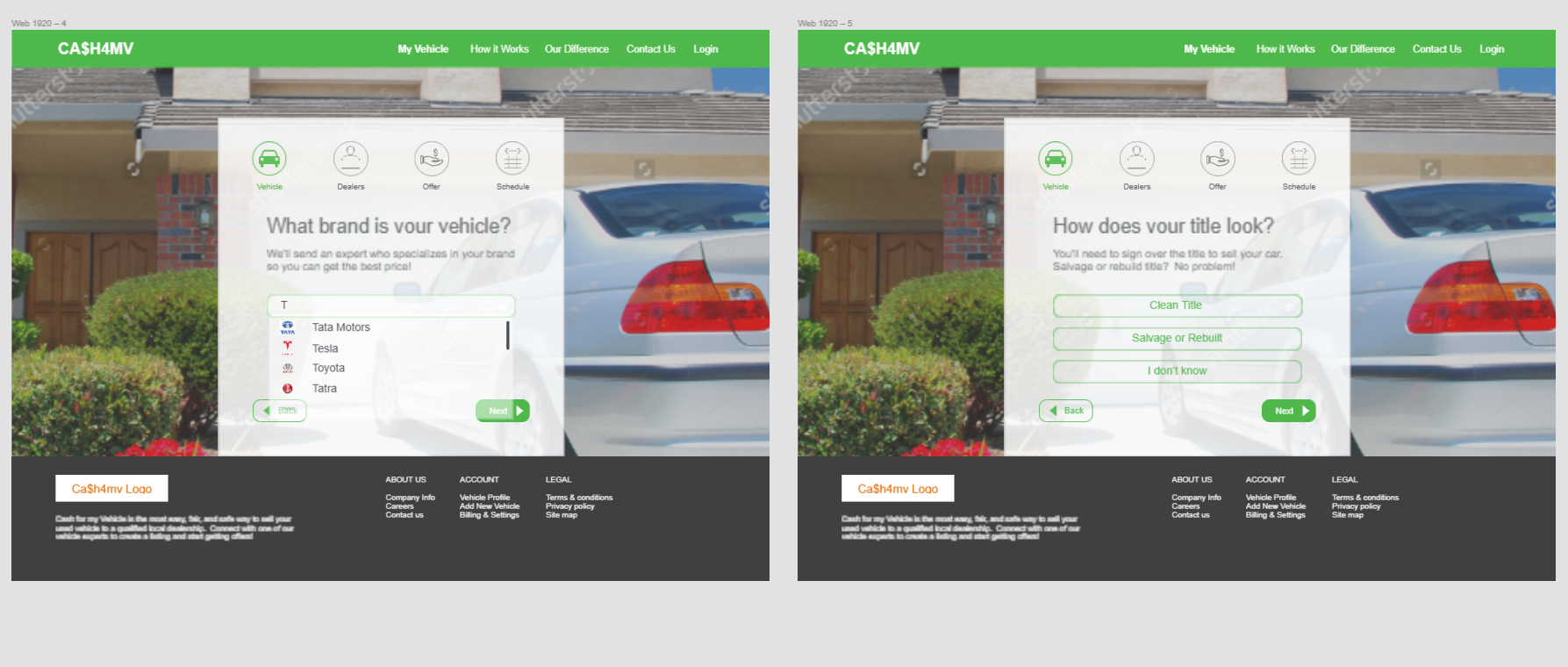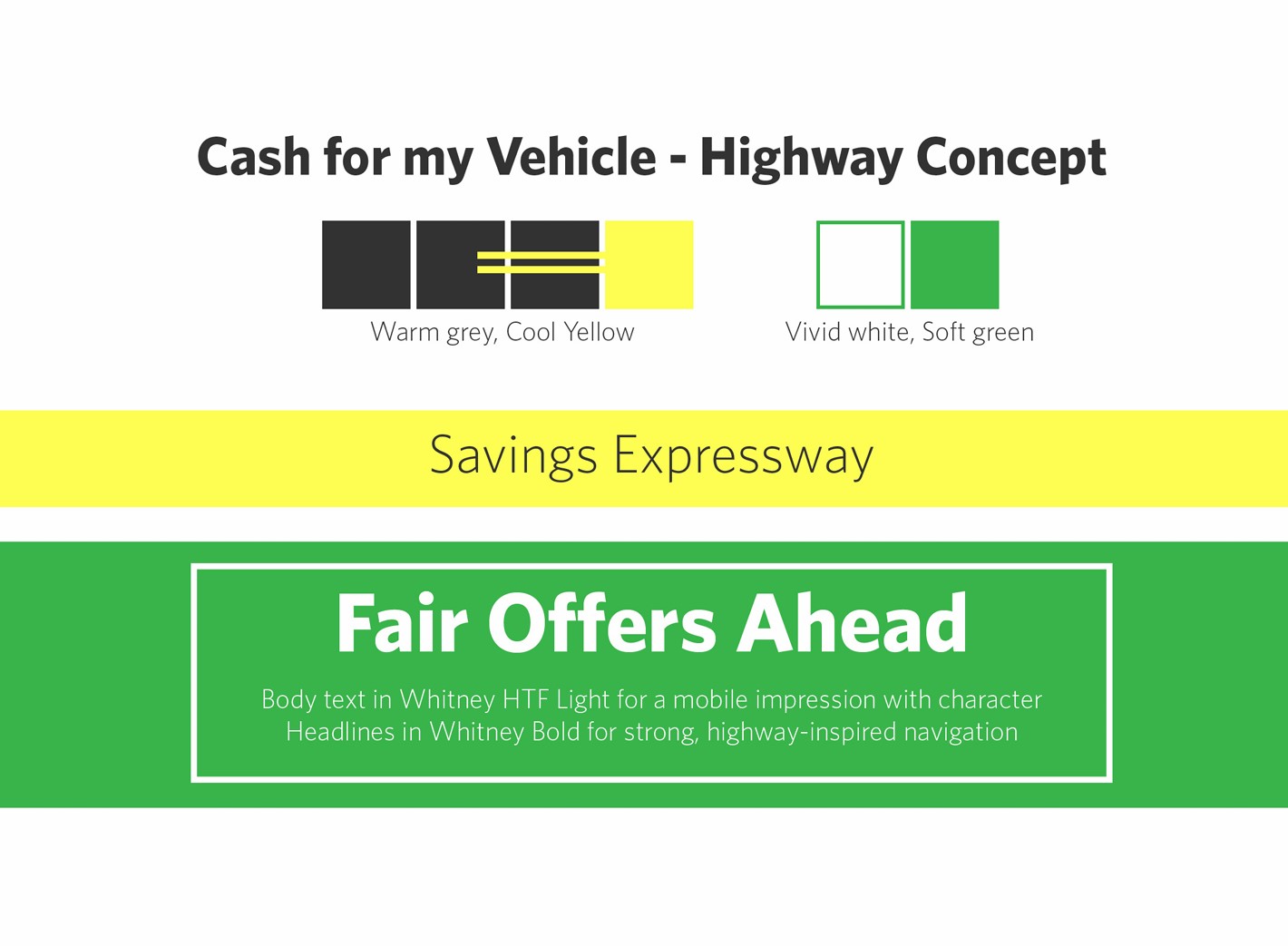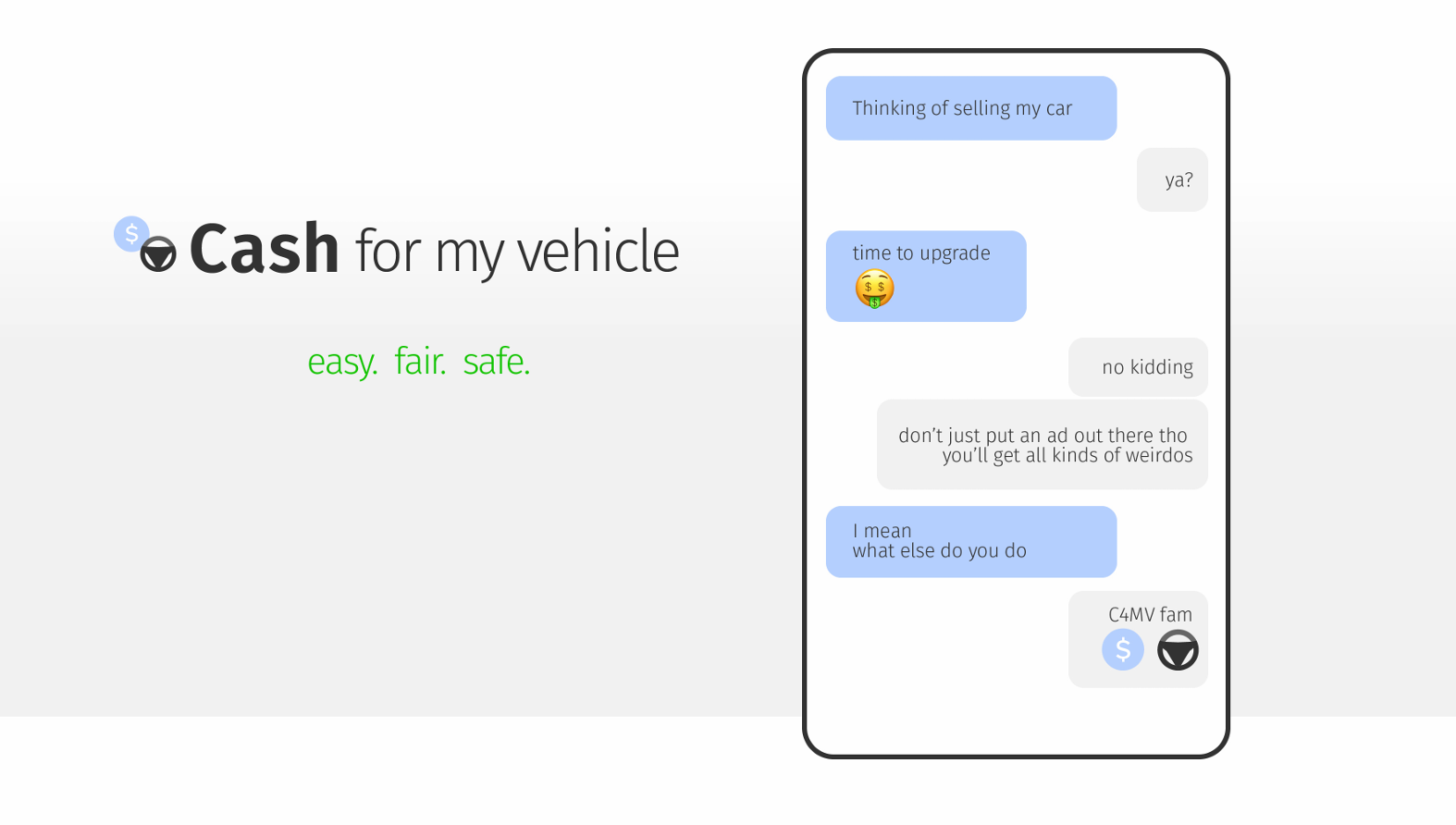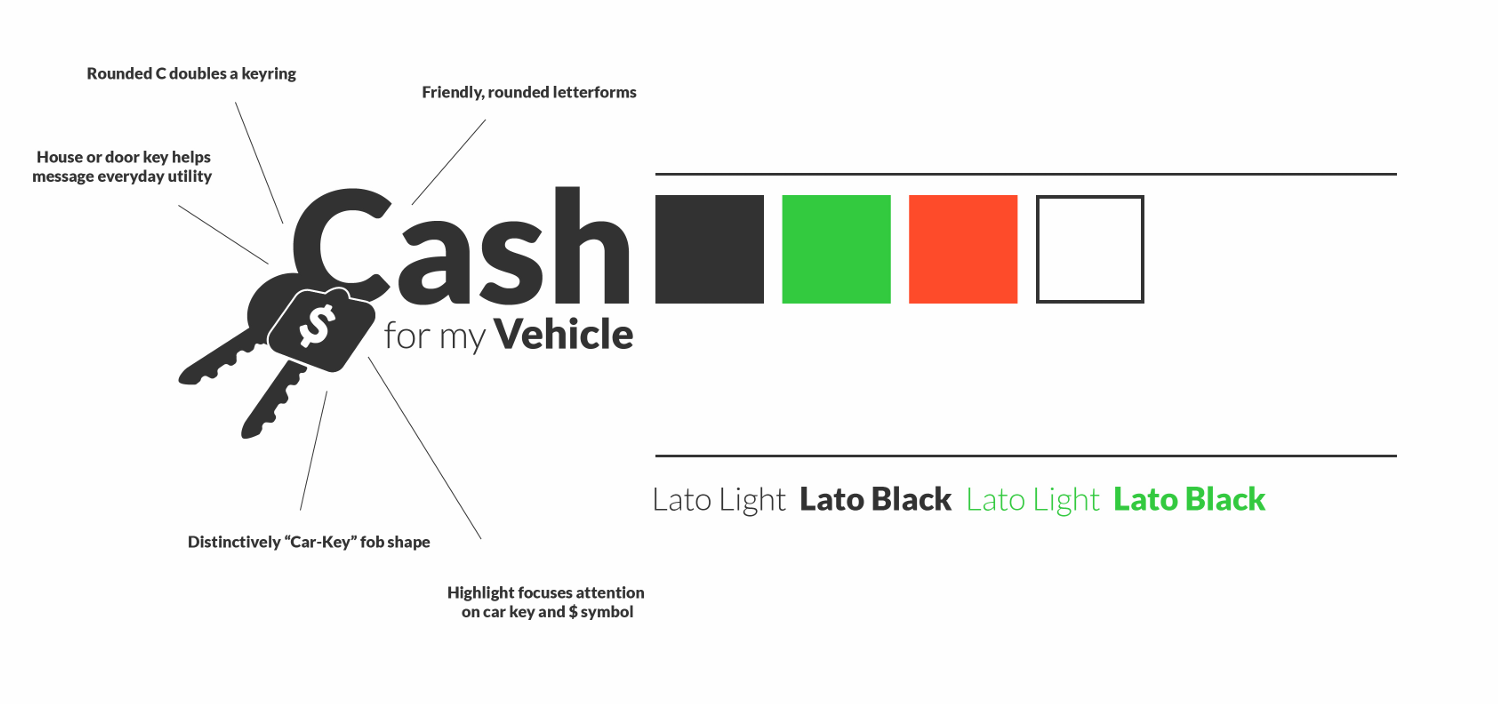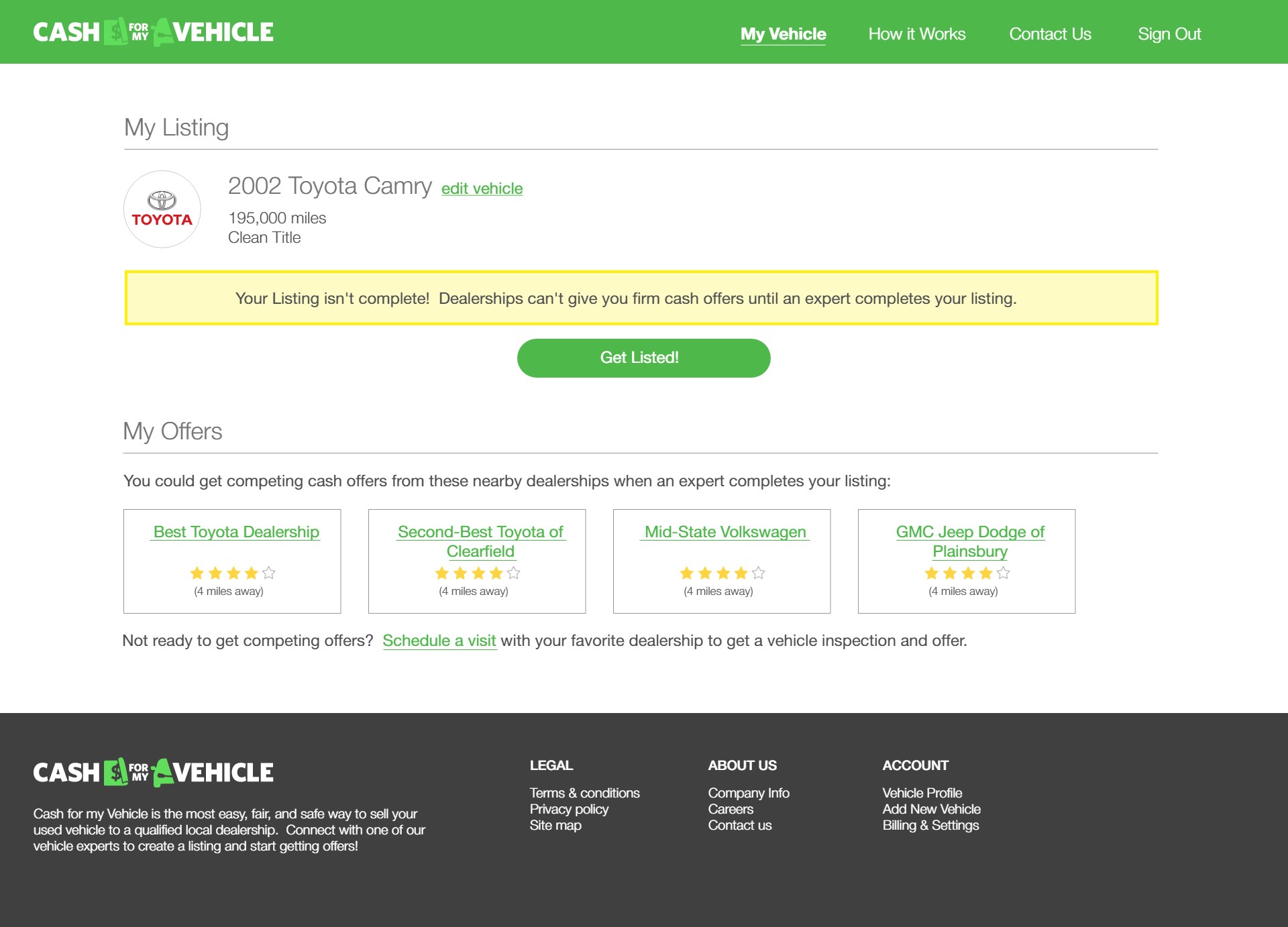Kickoff
While working at Martini, design was involved from the very beginning of the project. UX and Market Research were crucial to understanding the business viability of the concept and how to target the experience. We designed this app with a 2-person UX team and one part-time freelance designer, planning for our team of 2-3 remote devs.
Martini Media Group had a repeatable project template used to generate an MVP app design for a startup business still exploring their user bases, billing model, and branding concepts.
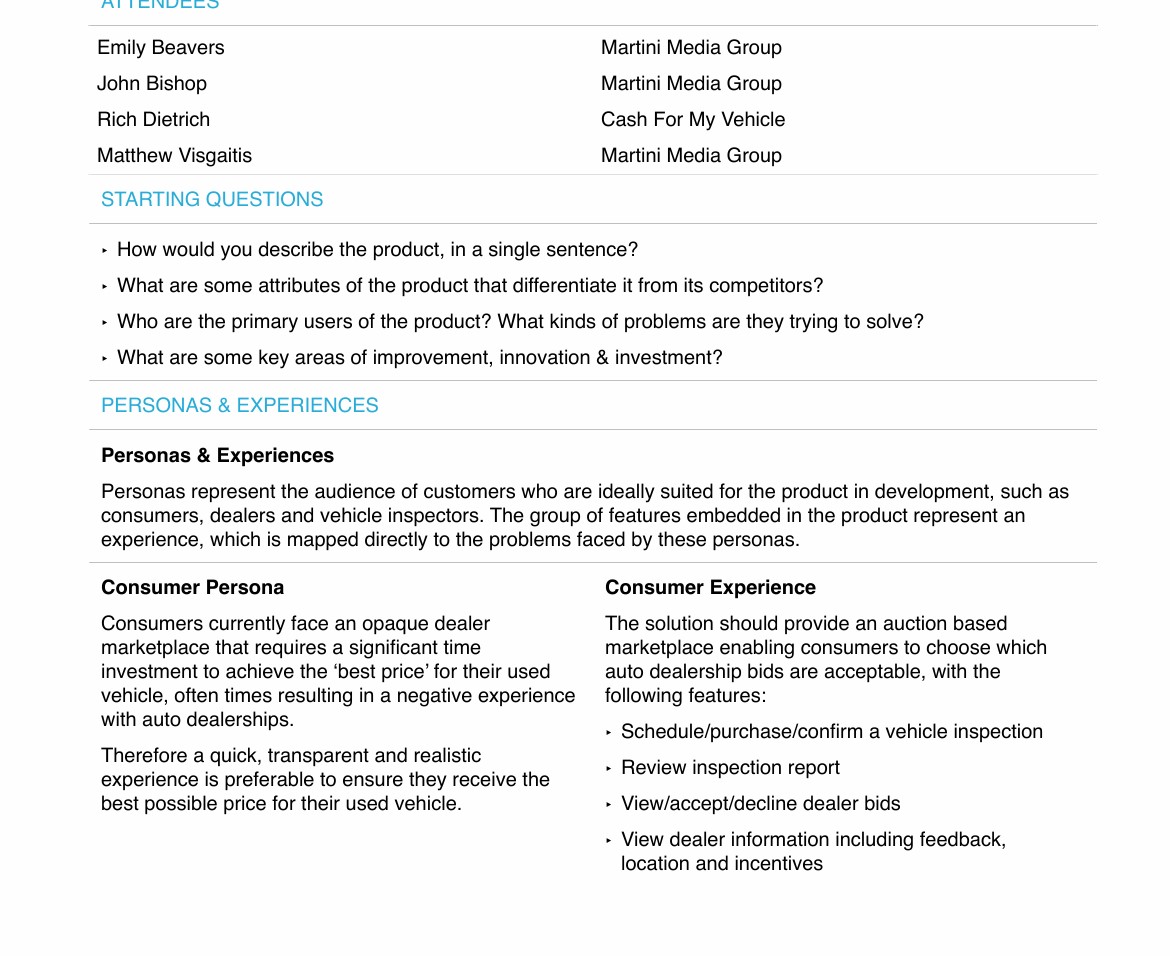

The premise: selling your used car sucks. Dealerships don't want to drive sellers away, but they have to lowball you to cover their risks. However, a secret hack fixes that - when they sell to each other, dealers rely on 3rd-party inspector reports to get an accurate read on the condition and value of a car. If consumers could interface with the network of inspectors, they could get a fair value for their car - and even comparison-shop dealerships against each other! Not that dealers would mind, because the inspection report would give them confidence to make good offers.
